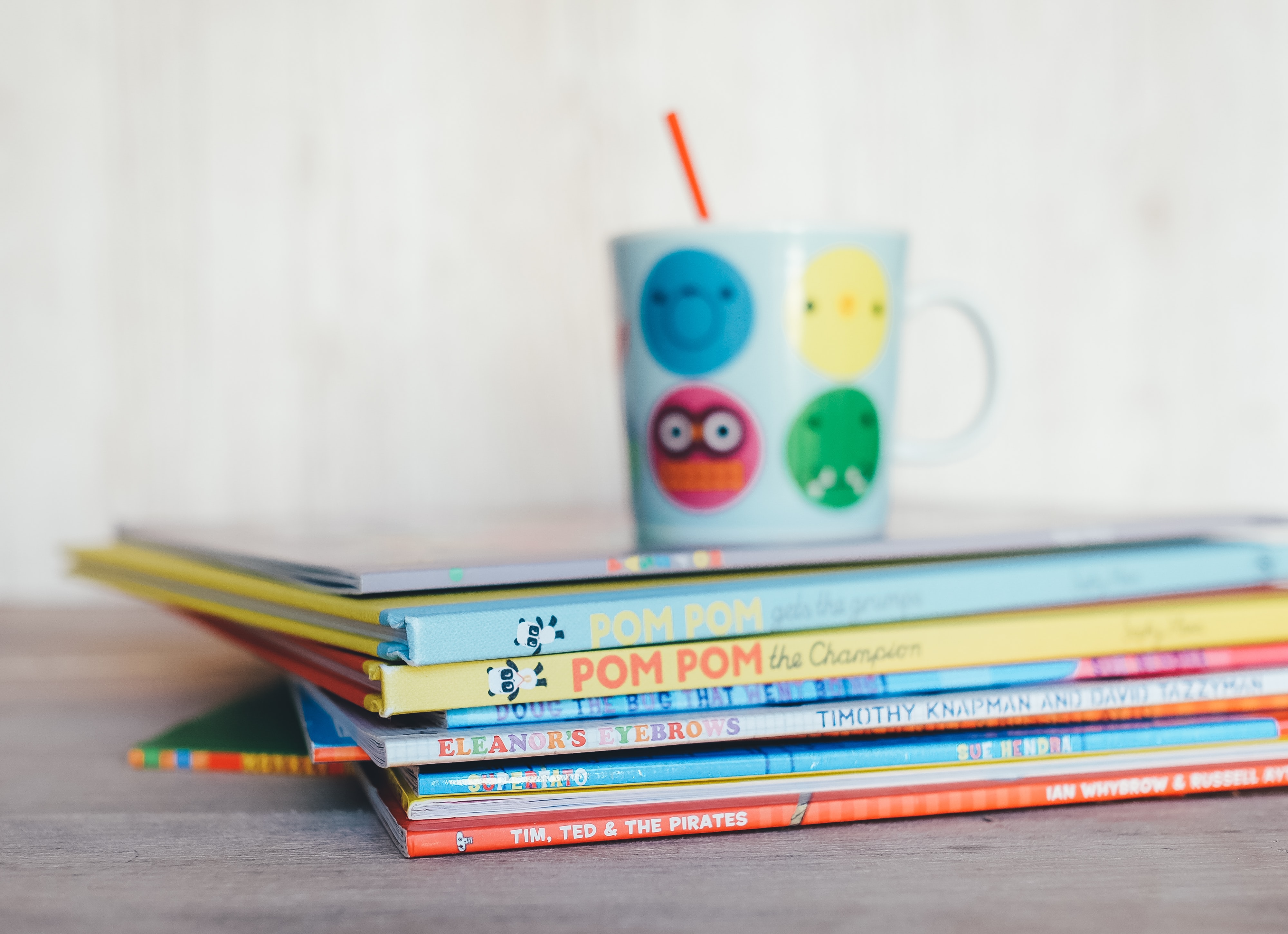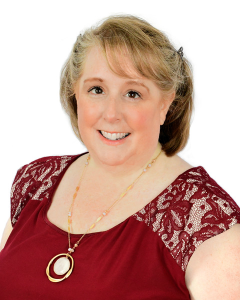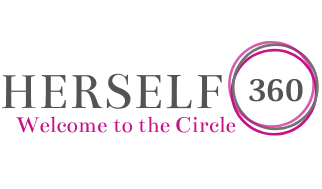The Myths of Language Development
 For most children, language unfolds easily, effortlessly as children move through their first few years. But for some children, learning to express themselves involves frustration, setbacks and many games of 20-questions. To further complicate the process, everyone has an opinion about how to get children to talk, and what to do about the challenging behaviors that can accompany speech and language delays. This, the first in a series of articles about speech and language development, will look at some of the myths of language development. My next article will provide some strategies you can use to help your child.
For most children, language unfolds easily, effortlessly as children move through their first few years. But for some children, learning to express themselves involves frustration, setbacks and many games of 20-questions. To further complicate the process, everyone has an opinion about how to get children to talk, and what to do about the challenging behaviors that can accompany speech and language delays. This, the first in a series of articles about speech and language development, will look at some of the myths of language development. My next article will provide some strategies you can use to help your child.
Myth 1: Children need to be taught language
Fact: Learning language and communication is a process of unfolding and discovery that is based in RELATIONSHIPS, exploration and interaction. These days, flash cards and educational toys are all the rage, but nothing replaces, or is as good as, old-fashioned play. And it is even better if that play happens with a parent, sibling or other attentive adult. Children learn most and BEST from experiencing things with someone they love and trust. That experience, along with the words they hear, gets embedded in an emotional context that helps them wire their brain with language.
 Myth 2: Complex toys are better than old school toys
Myth 2: Complex toys are better than old school toys
Fact: Many of today’s “educational” and technology driven toys actually DETRACT from the development of communication and foster isolation. Have you ever had the experience of giving a child a fancy new toy with lots of bells and whistles, and they play more with the box? This is because play can be anything. One of the things I work on with parents in my practice is helping decide what toys work best for each child’s age and stage, as well as how to work on many skills at once. More to the point of this myth, many educational toys that talk actually crowd out natural interaction, and children can get distracted by the features of the toy and miss out on the language and the human connection. When in doubt, stick with the tried and true toys, things like shape sorters, blocks, tinker toys and playdoh.
 Myth 3: Children learn from toys
Myth 3: Children learn from toys
Fact: Play is the work of children. Play is what generates the meaning that drives the development of language. Play is supposed to be interactive. The toy just provides the focus for the interaction. The fact is that children can learn just as much language from helping with household chores, going to the park, or reading a story while sitting in your lap. This myth also relates to the mis-information out there that educational toys TEACH a child concepts and skills. In my experience, these kinds of toys can reinforce concepts a child is already working on, and they can provide a fun way to practice a skill. But they will never replace interaction.
Myth 4: All language input is created equal
Fact: How we talk to and interact with children can make a huge difference in how they develop these skills, even for those with delays. Interestingly, many of the things we as adults do intuitively to help a child who is having trouble with their communication skills can actually be the least helpful. As a speech language pathologist, a big part of my work with families is teaching them how to meet their child where they are and then bring them forward. If your child is having trouble, get help from a speech language pathologist.
Myth 5: Children tend to outgrow this; late talking is no reason for concern
Fact: This is a persistent and ineffective myth that persists, even with some pediatricians. While it may be true that some children are just late bloomers, thousands of children who need either short or longer term help to get their foundation skills in place and begin to work more consistently toward verbal communication. Even so-called “late bloomers” may suffer from frustration and other behaviors because of their inability to communicate. If there is an issue with walking, you see a physical therapist. The same is true here, especially since our ability to communicate affects every area of our lives.
 In my next article, I will give the top 10 strategies you can use to support your child’s communication and language development.
In my next article, I will give the top 10 strategies you can use to support your child’s communication and language development.
I have been offering traditional speech pathology services combined with Craniosacral Therapy and Reiki, which has led to the development of a philosophy I call holistic speech pathology. This innovative approach looks at the whole child, and considers their communication or feeding issues through the lens of their family, and their journey to reach their highest potential. Providing supportive light touch therapies when needed allows for optimal development of the brain and whole child. In 2016, Rowman and Littlefield published my first book, Childhood Speech and Language Disorders. The book represents the integration of my philosophy with practical and easily applied strategies for helping children learn communication skills, as well as support for parents navigating their own journey. When you work with me, you get much more than a seasoned clinician; you have the opportunity to develop a deep relationship that goes beyond the clinical. You get a partner, a coach and a facilitator for the whole family. You get Results. Experience. Compassion. Find out more about The Offices of Suzanne Ducharme:
Website I Facebook I Order the book
If you have questions about your child’s development, feel free to contact me by e-mail at [email protected], or by phone at 339-214-2906. I also offer free screenings, where you can get an idea of where your child’s skills are and what they might need to succeed.
Suzanne Ducharme MacFarlane’s passion - her Life Work- is to help children and their families make connections and optimize their communication. In her 25 years as a pediatric Speech Language Pathologist, she has helped thousands of families who faced a challenge in speech and language, communication or feeding. Suzanne has been in private practice since 2001; her offices are located in Norwell, MA. Since 2007






